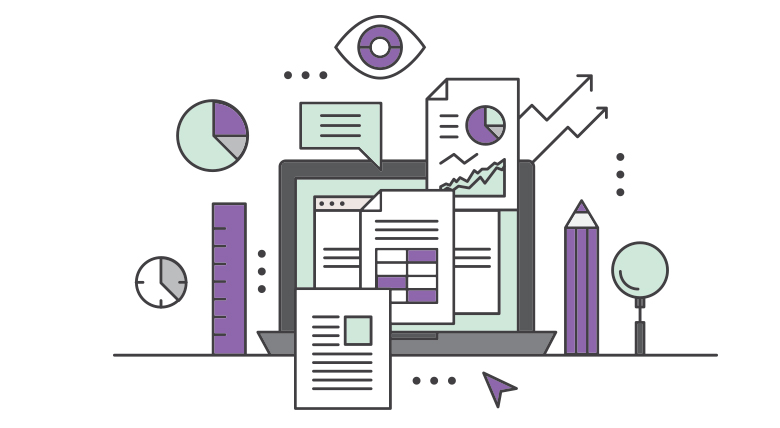It’s 4:15 p.m. on a Friday, and you’ve just received an RFP with 500 questions that is due in less than 15 business days. Your heart sinks.
You need to order analytics, meet with the pricing team, prepopulate the RFP responses, connect with subject matter and pricing experts to obtain additional answers, write the proposal, have it reviewed and edited, and allow time for production and submission.
But wait. What about strategy? How are you going to win? In this era of more complex RFPs, more demanding turnaround times, and concurrent deadlines, sometimes strategy is the sacrificial lamb in the proposal process. But that poor lamb shouldn’t become an endangered species. It needs a proposal ecosystem in which it can be thoughtfully conceived and nurtured to achieve a proposal win!
Decision makers don’t want to squander valuable dollars on dubious solutions. That’s why reminding them of the cost-effectiveness, brand strength, safety, security, and stability of your solutions is always a good strategy.
Questions to Drive Proposal Strategy
Before plunging into your content library to search for RFP answers, how about taking a deep breath, exhaling slowly, and thinking about what it will take to win this business? In consultation with your leadership, sales, and/or account management teams, you should learn all that you can about the client and be able to answer these questions:
- What does this client want? What does it desire the most in a solution? Affordability? Service? Quality? Reliability? The client’s emotional hot buttons are the issues and concerns that will drive the buy or don’t-buy decision. Where can you hit these hot buttons again and again in your proposal to connect with the client’s expressed or implied desires?
- What solution(s) can we offer? Determine exactly what viable solutions you can offer that precisely fit the client’s needs and make it easier for the client to select your organization.
- What are the benefits of our solutions? Remember: Features tell, benefits sell—so itemize the benefits you can extol, and don’t waste words on trivial features.
- What specific outcomes can we promise? These are the proof points of your proposal, and you need to make sure that everything you claim is supported by evidence. Your proof must be specific to the client, measurable, and backed by data, testimonials, certification, awards, consumer feedback, product reviews, or other verifiable and irrefutable proof of their quality, importance, or uniqueness.
- What differentiates us from our competitors? How are your solutions distinctive, better, faster, less expensive, more convenient, or more satisfying? How can you eclipse what your competitors propose?
- What would make this client say “Wow!”? What can you offer that this client would be the most excited about? What will solve its problems?
- How can we mitigate our weaknesses? If you are going to say no to something the client requests, how are you going to temper that response, or what alternative can you offer?
The Role of Emotion in Buyer Decisions
People don’t buy products or services based on reasoning alone; primal emotions play a role, too. While the goal of strategy is to position your solutions in a meaningful and differentiated manner, emotions such as happiness, trust, frustration—even fear—are also powerful motivators.
Decision makers don’t want to squander valuable dollars on dubious solutions. That’s why reminding them of the cost-effectiveness, brand strength, safety, security, and stability of your solutions is always a good strategy.
Conclusion
Despite looming deadlines, don’t let proposal strategy become an endangered species. Strategy helps keep your proposal laser focused on what can win clients’ hearts, minds, and business. Before beginning any proposal, carefully plot your strategy to achieve winning results.
Diane Hallock, CF APMP, is the proposal team manager at Blue Cross and Blue Shield of Minnesota. She can be reached at diane.hallock@bluecrossmn.com.



Join the Conversation